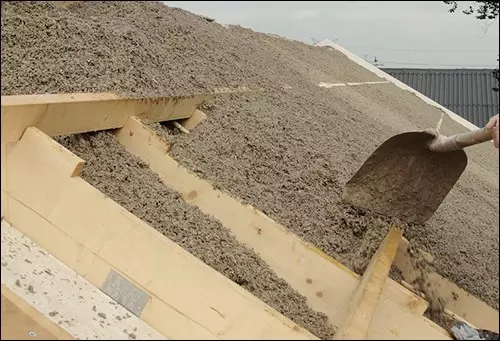Day after day we are overwhelmed by waste of every type and a big part of them have biological origins; they come from industries, farms or mineral sector and especially from the agricultural production and food consumption. Numerous studies discovered and later highlighted some peculiarities of the elements which compose the garbage; key features, mainly physical or chemical, that allows to give a second life to all this waste, using them for different applications, as the realization of bio-composites to substitute common materials, especially those used in the construction sector, and improving many times their characteristics as mechanic resistance or other technical ones.
A turn toward the use of these new materials could result in a more sustainable solutions in supporting of the great number of new buildings realized in the last three years in Poland. A main example for a possible replacement of the classic concrete, which production is actually responsible of the 68% if manufacturing emission, is represented by the lignin (the complex polymer present in every bio-component as filler between cells), hemp fiber, bamboo fiber or recycled fibers coming from the textile industry. Main technical characteristics of these elements are the high mechanical properties, the binding properties (especially of hemp fibers used for the realization of composite and insulation materials) and their thermal conductivity value which is really close to the classic ones used in the insulation of facilities. The presence of cellulose in every type of bio-materials, makes this last very useful for the regulation of moisture content in the air when implemented in structures or linked with other building materials, offsetting some shortcomings.

The use of these fibers, as presented by a study of the Department of Applied Bioeconomy of Wrocław, especially the hemp shows great advantages thanks to the numerous properties of the bio composite that are not only technical but also economic; like the good rate cost-durability and the possibility to increase the trust in the utilization of recycled materials in all sectors, where the building one is probably the most important, generating a circular economy and making different sectors more sustainable, a great solution for present and the future.
